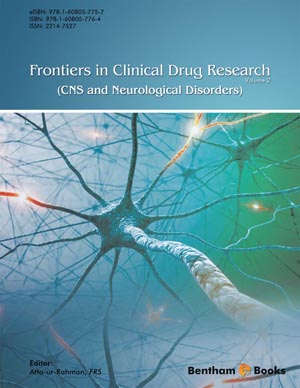Abstract
Multiple Sclerosis (MS) is the most common disabling neurological disease of young adults. Symptoms of MS are quite variable and include visual disturbances such as double vision, weakness in arms or legs, fatigue, difficulty with coordination, changes in sensations such as numbness and tingling, or difficulty with concentration or memory.
The Different Types of Multiple Sclerosis are:
• Benign Multiple Sclerosis
• Relapsing Remitting Multiple Sclerosis (RRMS)
• Secondary Progressive Multiple Sclerosis (SPMS)
• Primary Progressive Multiple Sclerosis (PPMS)
At the onset MS can be classified clinically into RRMS or PPMS, with relapses and neurological symptoms persisting for days to weeks that then gradually dissipate. Later patients may accumulate deficits and most convert to a secondary progressive phase, characterised by deficits that increase in the absence of further relapses.
MS is a complex immune-mediated disorder of the central nervous system (CNS). Although a clear patho-mechanism underlying the disease has not yet been fully understood, pathologic hallmarks of MS lesions include inflammation, demyelination, gliosis, axonal degeneration, and neuronal loss.
Increasing knowledge about MS immunopathogenesis has given rise to a number of new potential therapeutic targets, which interact with the immunological system on several levels. A number of disease-modifying therapies for MS, including oral agents, are in advanced development (in Phase II and Phase III clinical trials) and likely to be available soon.
Currently, five oral immunomodulator therapies have concluded the Phase III development or have recently been approved for the treatment of RRMS: Fingolimod and Cladribina, the first approved in USA and Europe, the second in Russia and Australia. Fumaric Acid, Teriflunomide, and Laquinimod have concluded the Phase III trials.
Several monoclonal antibodies are in development and have demonstrated promising efficacy in Phase II and Phase III studies. They can be classified according to their mode of action into compounds targeting i) cytolytic antibodies (Rituximab, Ocrelizumab, Ofatumumab, Alemtuzumab); ii) antibodies and recombinant protein targeting cytokines and chemokines and their receptors (Daclizumab, Ustekinumab, Atacicept).
Other agents with similar mechanism of action to that of oral drugs and monoclonal antibodies have been studied in Phase I and II trials.
The new drugs have shown to reduce relapse rates and decrease the burden of CNS lesion, as detected by Magnetic Resonance Imaging. However, the long-term risks of new drugs remain largely unknown. Trials assessing the combination of new and emerging MS therapies with known disease-modifying therapies used in clinical practice may provide data on their safety profile and establish their placement in relation to the existing treatments.
Finally, trials evaluating the efficacy of symptomatic therapies for MS have become an area of more intensive research.
Keywords: Clinical trials, disease-modifying therapy, immunopathogenesis, mechanism of action, monoclonal antibodies, multiple sclerosis, neuroprotective strategy, oral drugs, relapsing-remitting multiple sclerosis, symptomatic therapy.






















